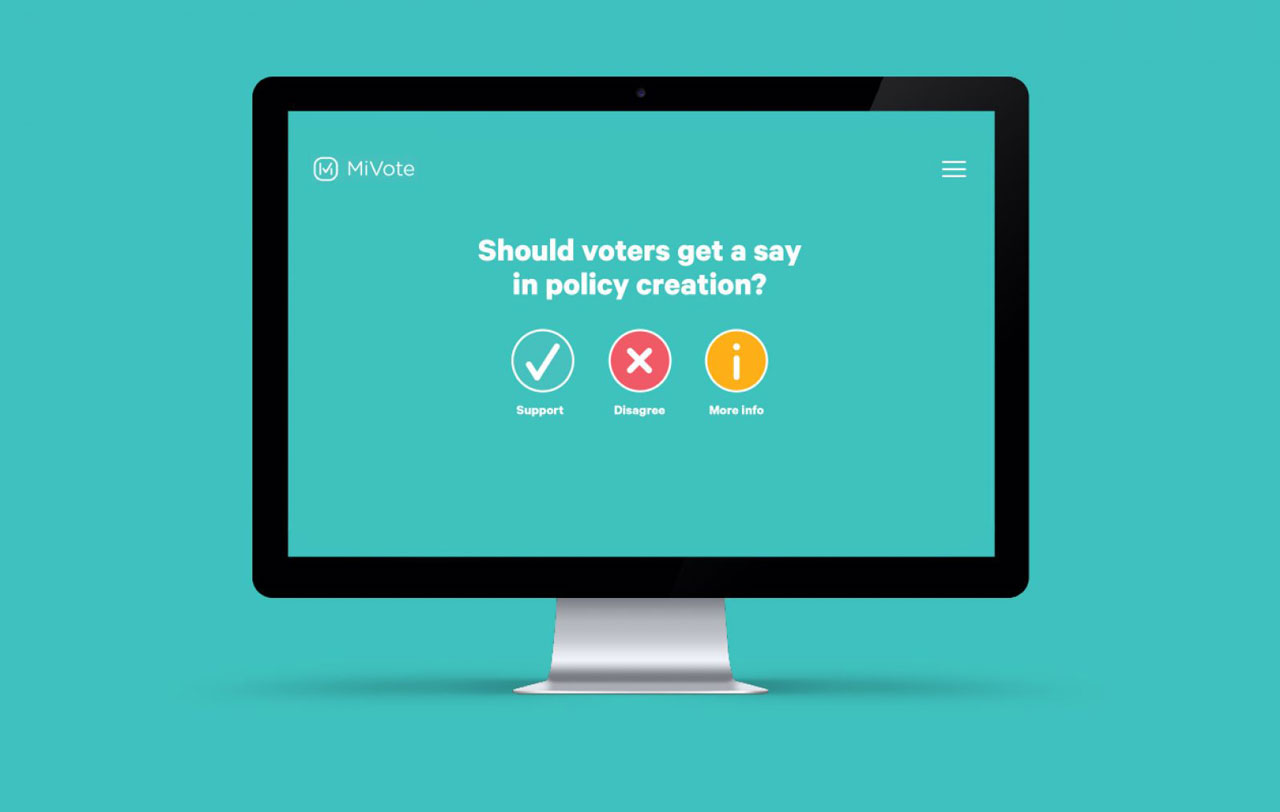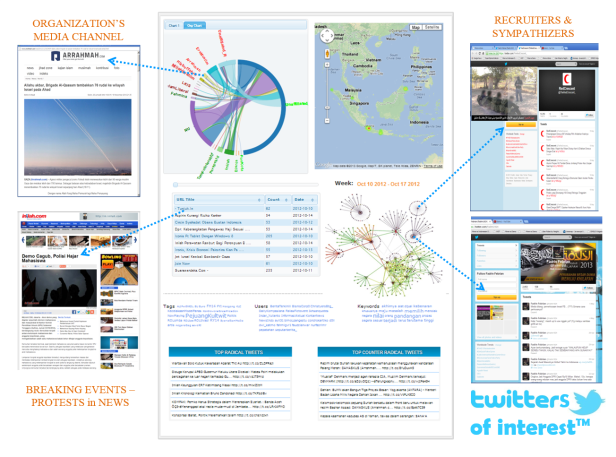Extract from Homo Deus: A Brief History of Tomorrow by Yuval Noah Harari: “There’s an emerging market called Dataism, which venerates neither gods nor man – it worships data. From a Dataist perspective, we may interpret the entire human species as a single data-processing system, with individual humans serving as its chips. If so, we can also understand the whole of history as a process of improving the efficiency of this system, through four basic methods:
1. Increasing the number of processors. A city of 100,000 people has more computing power than a village of 1,000 people.
2. Increasing the variety of processors. Different processors may use diverse ways to calculate and analyse data. Using several kinds of processors in a single system may therefore increase its dynamism and creativity. A conversation between a peasant, a priest and a physician may produce novel ideas that would never emerge from a conversation between three hunter-gatherers.
3. Increasing the number of connections between processors. There is little point in increasing the mere number and variety of processors if they are poorly connected. A trade network linking ten cities is likely to result in many more economic, technological and social innovations than ten isolated cities.
4. Increasing the freedom of movement along existing connections. Connecting processors is hardly useful if data cannot flow freely. Just building roads between ten cities won’t be very useful if they are plagued by robbers, or if some autocratic despot doesn’t allow merchants and travellers to move as they wish.
These four methods often contradict one another. The greater the number and variety of processors, the harder it is to freely connect them. The construction of the sapiens data-processing system accordingly passed through four main stages, each of which was characterised by an emphasis on different methods.
The first stage began with the cognitive revolution, which made it possible to connect unlimited sapiens into a single data-processing network. This gave sapiens an advantage over all other human and animal species. Although there is a limit to the number of Neanderthals, chimpanzees or elephants you can connect to the same net, there is no limit to the number of sapiens.
Sapiens used their advantage in data processing to overrun the entire world. However, as they spread into different lands and climates they lost touch with one another, and underwent diverse cultural transformations. The result was an immense variety of human cultures, each with its own lifestyle, behaviour patterns and world view. Hence the first phase of history involved an increase in the number and variety of human processors, at the expense of connectivity: 20,000 years ago there were many more sapiens than 70,000 years ago, and sapiens in Europe processed information differently from sapiens in China. However, there were no connections between people in Europe and China, and it would have seemed utterly impossible that all sapiens may one day be part of a single data-processing web.
The second stage began with agriculture and continued until the invention of writing and money. Agriculture accelerated demographic growth, so the number of human processors rose sharply, while simultaneously enabling many more people to live together in the same place, thereby generating dense local networks that contained an unprecedented number of processors. In addition, agriculture created new incentives and opportunities for different networks to trade and communicate.
Nevertheless, during the second phase, centrifugal forces remained predominant. In the absence of writing and money, humans could not establish cities, kingdoms or empires. Humankind was still divided into innumerable little tribes, each with its own lifestyle and world view. Uniting the whole of humankind was not even a fantasy.
The third stage kicked off with the appearance of writing and money about 5,000 years ago, and lasted until the beginning of the scientific revolution. Thanks to writing and money, the gravitational field of human co-operation finally overpowered the centrifugal forces. Human groups bonded and merged to form cities and kingdoms. Political and commercial links between different cities and kingdoms also tightened. At least since the first millennium BC – when coinage, empires, and universal religions appeared – humans began to consciously dream about forging a single network that would encompass the entire globe.
This dream became a reality during the fourth and last stage of history, which began around 1492. Early modern explorers, conquerors and traders wove the first thin threads that encompassed the whole world. In the late modern period, these threads were made stronger and denser, so that the spider’s web of Columbus’s days became the steel and asphalt grid of the 21st century. Even more importantly, information was allowed to flow increasingly freely along this global grid. When Columbus first hooked up the Eurasian net to the American net, only a few bits of data could cross the ocean each year, running the gauntlet of cultural prejudices, strict censorship and political repression.
But as the years went by, the free market, the scientific community, the rule of law and the spread of democracy all helped to lift the barriers. We often imagine that democracy and the free market won because they were “good”. In truth, they won because they improved the global data-processing system.
So over the last 70,000 years humankind first spread out, then separated into distinct groups and finally merged again. Yet the process of unification did not take us back to the beginning. When the different human groups fused into the global village of today, each brought along its unique legacy of thoughts, tools and behaviours, which it collected and developed along the way. Our modern larders are now stuffed with Middle Eastern wheat, Andean potatoes, New Guinean sugar and Ethiopian coffee. Similarly, our language, religion, music and politics are replete with heirlooms from across the planet.
If humankind is indeed a single data-processing system, what is its output? Dataists would say that its output will be the creation of a new and even more efficient data-processing system, called the Internet-of-All-Things. Once this mission is accomplished, Homo sapiens will vanish….(More)“


